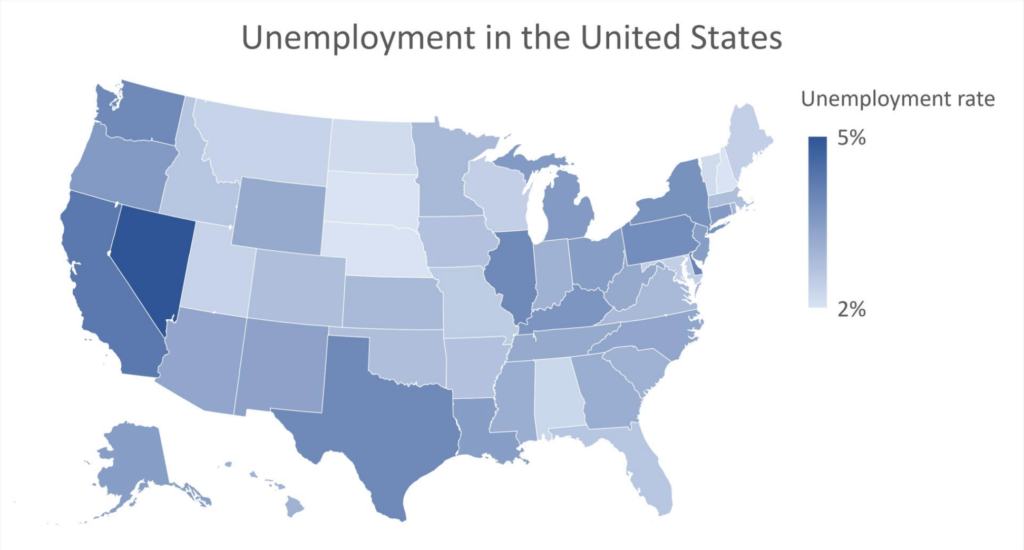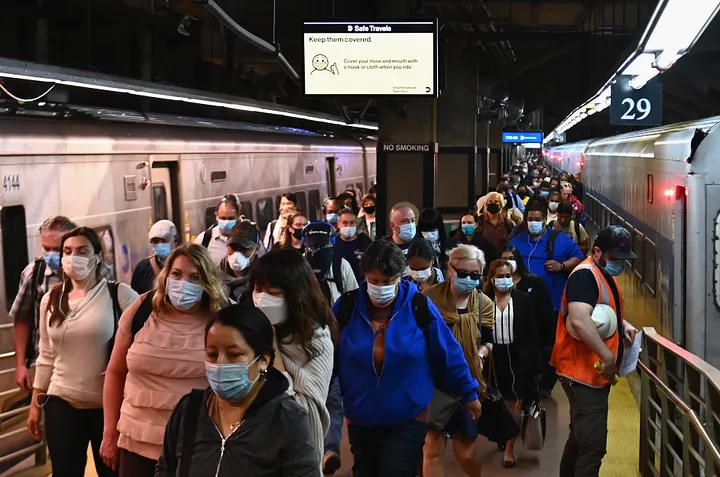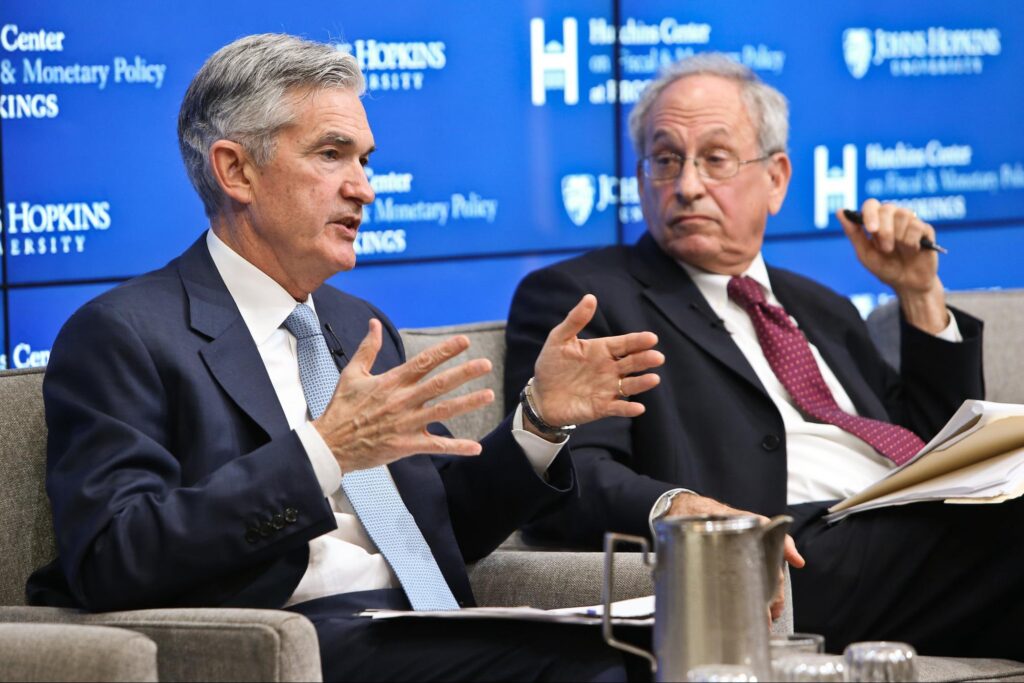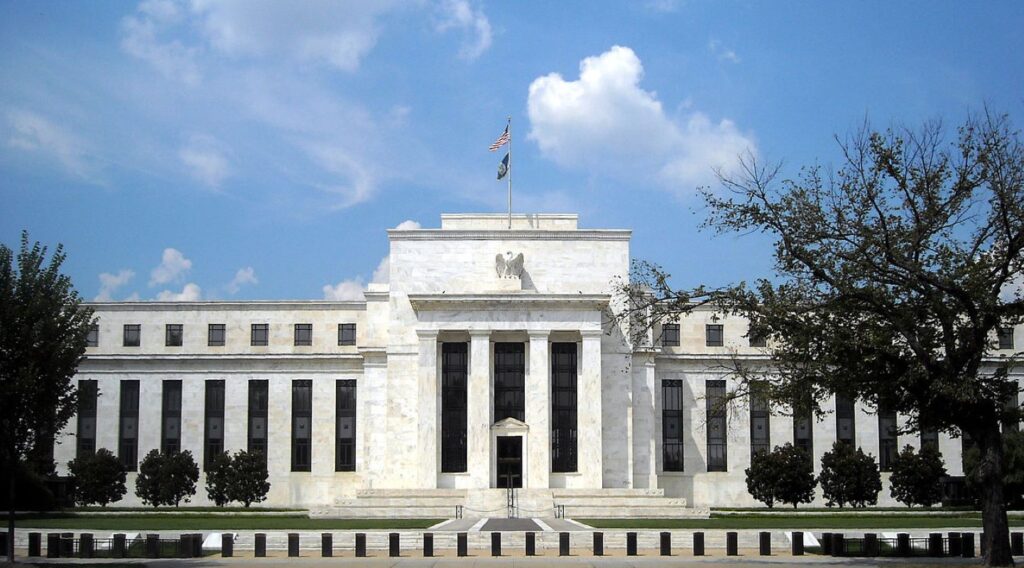A stratified analysis of data obtained by the Department of Labor about unemployment rates in June revealed that women across different races were disproportionately more jobless than their male counterparts.

Yes, unemployment rates increased across the board in June. However, it was more prominent among adult women than men. We shall be looking at a breakdown of the said data.
An Official Report on the Employment Situation in the US
On July 5, the US Bureau of Labor Statistics published an economic news release on the nation’s employment situation.

The publication revealed instances of employment upticks in some specific sectors of the US economy. However, this employment gain paled compared to the significant year-on-year increase in the unemployment rate.
General Unemployment Rates Can Be Misleading
Overall, the general unemployment rate increased to 4.1% from 3.6% in June 2023. In numbers, this means that the number of unemployed Americans saw a year-on-year increase from 6.0 million to 6.8 million.

In accordance with the general trend, white women recorded a rise in the unemployment rate from 3.0% to 3.1%. Likewise, Hispanic and Black women had a more significant increase in unemployment rates, from 4.1% to 4.5% and 5.2% to 5.7%, respectively.
Zooming In On Specific Unemployment Metrics
On the contrary, adult men experienced a drop in unemployment rates in June. The Department of Labor report found that the unemployment rate among white, Hispanic, and Black men dropped significantly.

Their jobless rates fell from 3.4% to 3.2%, 4.7% to 4.2%, and 6.4% to 6.1% for the three races of adult males, respectively. Despite the highest drop in unemployment rates, joblessness remains highest among Black men.
ALSO READ: Like Nixon, Donald Trump Wants To Impose A 10% Tariff; Here Is The Outcome Of Nixon’s Attempt.
Men Gain Against Women in the Realm of Employment
After looking at the unemployment data, Elise Gould, a senior economist at the Economic Policy Institute, had something to say about its implication across gender lines.

“We’ve seen a lot of gains for women in this pandemic, in this recovery — a lot of notable highs that they’ve experienced. They hit historic all-time highs in terms of their employment in the labor market. But we did see some softening among women in June, and that was accompanied by this rise for men,” said Gould.
Could It Be that Men Are Ursuping Women’s Jobs?
A trend with which Gould, however, feels uncomfortable is the strangeness of how the rise in female unemployment coincided with the increase in male engagement in the social assistance and healthcare sectors.

On the surface, it is easy not to interpret that coincidence as meaningful. However, it could indicate that men are taking up more quotas in job spaces that were previously dominated by women.
New Recruitments in June Exceeded Expectations
Dow Jones had previously predicted an increase in nonfarm payrolls by 200,000, but the June figures were better, as the Department of Labor reported a 206,000 increase.

However, no one anticipated the general climb in unemployment rates to 4.1%. The last time those rates were that high was in 2021. So, analysts are eager to see the Federal Reserve’s next course of action. Fed officials’ existing string of financial policies is based on the estimation that unemployment rates would hold firm at 4%.
All Eyes On the Federal Reserve
Jan Hatzius, the chief economist at Goldman Sachs, projects that the Federal Reserve will soon make major changes.

Hatzius said, “It’s a soft landing kind of report. This does support the idea that [the Fed] will cut relatively soon, and we continue to think September is the most likely.”
Job Gains in June Did Not Help Overall Unemployment
The creation of new jobs in June exceeded expectations thanks to just a handful of industries. Government jobs, health care, social assistance, and construction were regular suspects, with 70,000, 49,000, 34,000, and 27,000, respectively.

In light of the employment rates report, major ripples are becoming noticeable across the US economy. For example, the stock market experienced an uptick, while Treasury yields went into the reds.
Race Still a Notable Denominator in the Recruitment Process
The global head of marketing at TradeStation, David Russell, said “The job market is bending without yet breaking, which boosts the argument for rate cuts. Things are not too hot and not too cold.”

According to the report, the unemployment rate among Black workers (male and female) jumped to a record high of 6.3%, its highest since March. That of Asians increased to 4.1%, their highest unemployment rate since 2021.
ALSO READ: Mark Zuckerberg’s Net Worth Significantly Increases By Making About $9.6 Million Per Hour In 2023.
Feds May Cut Interest Rates, but Probably Not Now
There are strong indications that the Federal Reserve may modify its monetary policies. According to the minutes of a meeting by Fed officials earlier in the month, more significant progress in inflation must ensue before considering cutting interest rates.

According to Robert Frick, corporate economist at Navy Federal Credit Union, “There are no cracks here that would cause the Fed to rush to the rescue with rate cuts, and the labor market is in line with a continuation of slowing inflation.”
The Economy Is Growing at a Snail’s Pace
On the contrary, there have been recent signs of minor cracks in the Labor market. This supposition is a product of surveys that show a potential reduction in service and manufacturing recruitments.

Similarly, economic growth is assuming a slower momentum, with gross domestic product going from a miserly 1.4% in Q1 to 1.5% in Q2, as reported by Atlanta Fed.
You Might Also Like:
Mortgage Payments in Alaska Increases by More Than 50%
U.S. Toy Company, Basic Fun!, Goes Bankrupt with $50M Debt
One of the Largest Solar Companies in the US Is on the Cusp of Collapse
Top 10 U.S. States Where a Single Individual Can Live Comfortably on $20 an Hour

